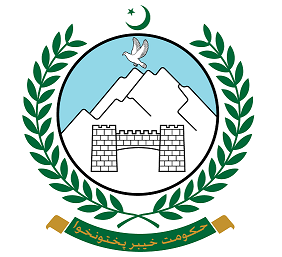More than 10,000 schools in KP lack basic facilities

A detailed report from the Khyber Pakhtunkhwa Education Department has exposed the dismal condition of more than 10,000 public schools across 28 districts in the province. These institutions, which educate countless students, are operating in the absence of fundamental necessities, including electricity, boundary walls, sanitation, and access to safe drinking water, revealing a systemic failure in educational infrastructure. The students can get latest updates of Over 10,000 Government Schools in KP Struggle Without Basic Infrastructure.
Thousands of Schools Lack Power, Water, and Washrooms
According to official data, over 5,000 schools still remain without power supply, and more than 2,000 lack safe drinking water and toilet facilities. The absence of boundary walls in thousands of institutions further exacerbates security concerns. These alarming figures highlight the dire need for infrastructural development within KPs public education sector.
District-Level Breakdown Shows Stark Disparities
The report shows that primary schools are the hardest hit. A total of 2,211 primary schools do not have electricity, with Mansehra and Upper Kohistan among the most severely impacted—reporting 344 and 252 schools without power, respectively. In Upper Kohistan, 208 schools lack potable water and 1,253 are without working washrooms. Middle schools are not far behind, with 136 out of 160 surveyed lacking protective walls, 71 without clean water, and 57 without proper sanitation. Even in Peshawar, numerous institutions are affected by similar issues.
Provincial Government Acknowledges the Crisis
Barrister Muhammad Ali Saif, who advises on information matters in KP, confirmed the governments awareness of the ongoing crisis. He assured the public that Chief Minister Ali Amin Gandapur is taking the matter seriously and that funds will be allocated in the next provincial budget to improve water and sanitation in government schools. The provincial leadership is also contemplating an “educational emergency” for districts where more than half of the children are out of school.
Millions of Children Still Deprived of Education
The crisis extends beyond infrastructure, as the education departments earlier findings showed that around 37% of children in KP are not attending school. The total number of out-of-school children has reached approximately 4.92 million. Kolai-Palas Kohistan is the worst-affected district, with over 80,000 children not enrolled. Lower and Upper Kohistan follow closely behind, with a school attendance deficit of nearly 79%. On a positive note, Upper Chitral has emerged as the best-performing district, with only 10% of its children out of school. In contrast, Peshawar records more than half a million out-of-school children, including 319,000 girls, revealing a troubling gender gap in access to education.















